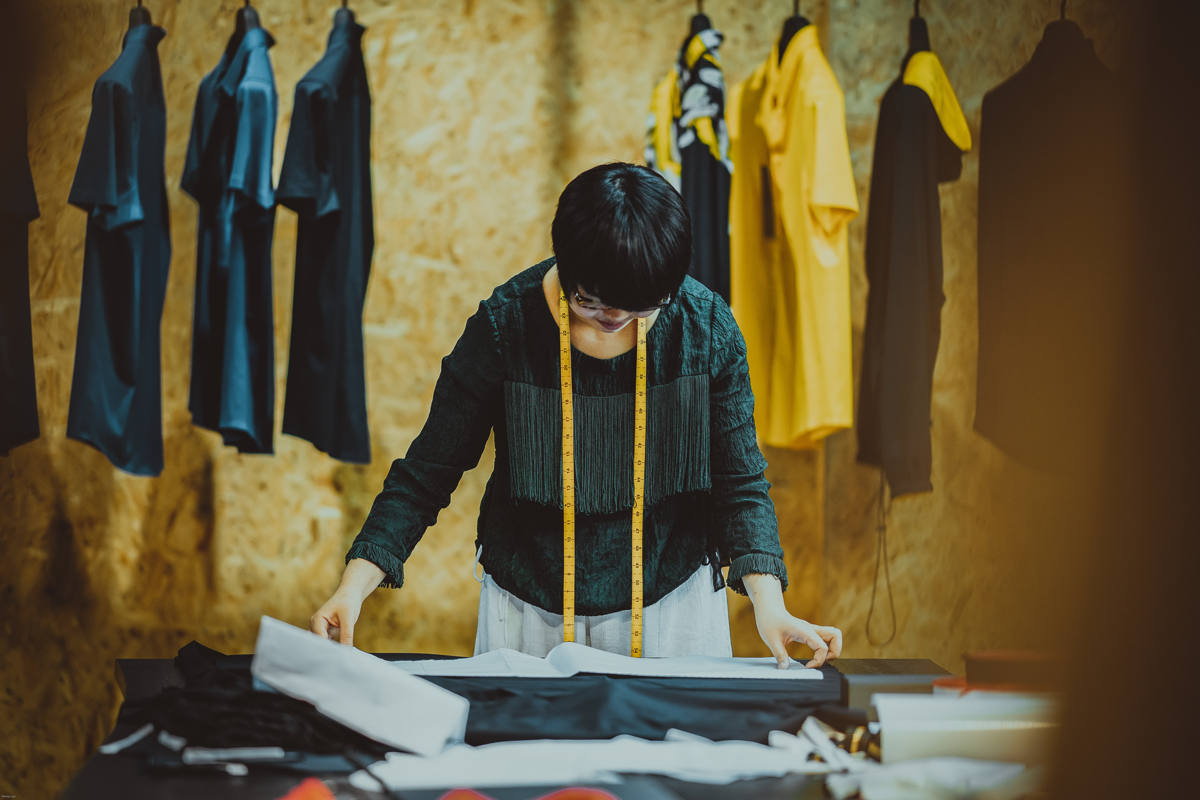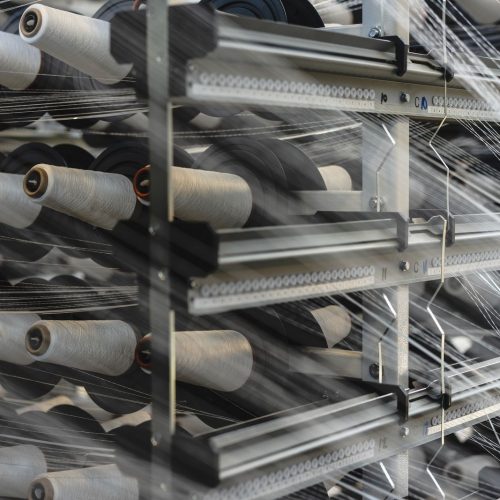Top 5 clothing materials to curb your carbon footprint
Consuming in fast fashion is - for many of us - unavoidable. It’s hard to deny the ever enticing sales at brands like Zara and H&M. Brands like these have become a staple for people in the Western world, and consequently we have (somewhat) unknowingly contributed to the greatest threat to our living environment - climate change. Many of you are probably wondering - how does buying a shirt in North America affect rising sea levels in South-East Asia - well, it does.
Key points: 5 materials & brands working with sustainability
- Bamboo/ Hemp (Influence for Impact)
- Organic Cotton: no pesticides or chemicals (Influence for Impact)
- (PU) Vegan Leather (Matt & Nat)
- Recycled Bottles (Influence for Impact, Boii, Adidas)
- Peace Silk (Stella McCartney)

Bamboo/Hemp
Often used in conjunction with one another, Bamboo and Hemp prove to be extremely sustainable as they are one of the few crops that do not negatively affect the land after production. They are 100% recyclable and use less water than conventional materials such as cotton.
Organic Cotton
Now popularized, the use of organic cotton is the preferred method for upincoming sustainable retailers as its the most common material used and proven to be less harmful on the environment due to farmers not using chemicals and pesticides. However this version of cotton is better, it still uses a significant amount of water - making it the least sustainable of the pack.
(PU) Vegan Leather
It’s PVC vs. PU for vegan leather. PU is less harmful on the environment - lab created leather made of part recycled materials. Popular vegan leather brand Matt and Nat are the emerging leaders in this space.
Recycled Bottles
This is probably one of the most impactful ways you can help in curbing the amount of waste on our land and ocean. By using recycled plastic bottles, we find new purpose for the biggest contributor to ocean pollution. boii (Canadian designer jackets) and adidas with the launch of their plastic shoe in collaboration with Parley, are doing a lot on this regard.
Peace Silk
Newer inventive way of creating silk that is both cruelty free and biodegradable. High Fashion designer brand Stella McCartney most noted for pushing this endeavour.

Marcus is a Canadian public relations professional with an extensive background in sustainability through fashion, food, and media. He publicly advocates and writes on developing sustainable practices in the way we produce, consume, and waste food. Marcus also spends his professional writing career interviewing many of the world's top influencers in both the entertainment and political sector.




